It's nice to start seeing some nice weather after a very wet spring this year. The time is here to take in all the great events and attractions that our Racine County and State of Wisconsin have to offer.
The 1840 one-room school house, known as Whitman School, that our Society has been remodeling is now complete and we hope to have some tours available in the near future. If anyone has an interest in volunteering some time to show our young students of the community how class was taught in the mid to late 1800s, please contact the Society or spread the word to others who may have some interest.
A sign has been purchased to mark the location of the Joseph Rooker Family Cemetery which is owned by our Historical Society. The cemetery sits atop a steep hill on the south side of Spring Prairie Road just west of the Canadian National Railroad tracks. The cemetery, which is located on the former Rooker farm, dates from 1847, but has had no burials for over 100 years. Our Society obtained it from the Kramer Family Trust a few years ago after many years of disrepair and abandonment.
The Burlington Liars Club will have a place to share its history and lies with the opening of the "Liars Club Bar," which is a private venture of the "Coffee House at Chestnut and Pine." The bar is located on the Coffee House’s upper level. An open house is to take place later this summer.
Another "shout-out" to all members of this Society as we remind you of our thanks for your support over the years and best wishes for the future. Have a great summer season.
My Reverie
The late Donna Peck Zabler had a deep interest in family and local history. She was born in 1917, the younger of Howard and Beulah (nee Aldrich) Peck’s two children. Her brother Harold was about 2-1/2 years older.
Donna spent her early life on her parents’ farms in the East Troy and Burlington area and graduated from Burlington High School in 1934. She married Navy veteran and World War II hero Wallace E. Zabler in 1945, a couple of months after he had been liberated from a POW camp following the war’s end. They had one son, Howard.
In her later years, Donna collected her memories in a paper which she titled “My Reverie.” This is the first of several parts.
Like a ghost, I visit the haunts of my childhood. Two of the houses we lived in have burned. The good neighbors and pets – all are gone, but the scenes and events that were in and around them are distinct impressions.
In my memory I return and I am that little girl again making mud pies and cakes in my make-believe kitchen under the living room window and putting them to bake in the sun on a stump by the driveway. They are decorated with little stones and the birthday cakes have little sticks for candles.
There is a fox on a chain in front of a machine shed and only Dad can go near it. He feeds and cares for his pet.
The first Christmas tree I remember was in the parlor of the second house we lived in and I was three.
Some of our toys were kept at a neighbor's until we were asleep and Dad went to get them about one-third of a mile away. He pushed the new doll buggy and passersby called him Santa. I remember the new clothes my grandmother had made for my dolls. A child's wicker rocker and a doll bed made by Dad were other gifts that meant so much to me.
That was the last time candles were on our tree, but they were never lit.
Most of the furniture in the room was made by Dad before he was married – a library table, a stand for books and a settee for two people to sit on – all made of oak. Two rocking chairs were added and oak dining chairs were brought into the room when needed for company.
I have always considered myself lucky to be born in the greatest country, live in the greatest state and have wonderful parents who enjoyed our pets and the many projects we became involved with. My brother is two-and-a-half years older.
My father and mother started their married life on his father's farm. He had studied at Beloit College one year and was an exceptional student, but he wanted to go back to the farm and raise registered Holstein cattle and that became his life work.
They were married on the eighteenth of January 1913.
About 1920 they bought a farm one mile closer to East Troy on the same Highway 15. I was about three years or younger and I don't remember the moving.
I remember when they laid the cement pavement on the road past the farm about 1920 or 1921.
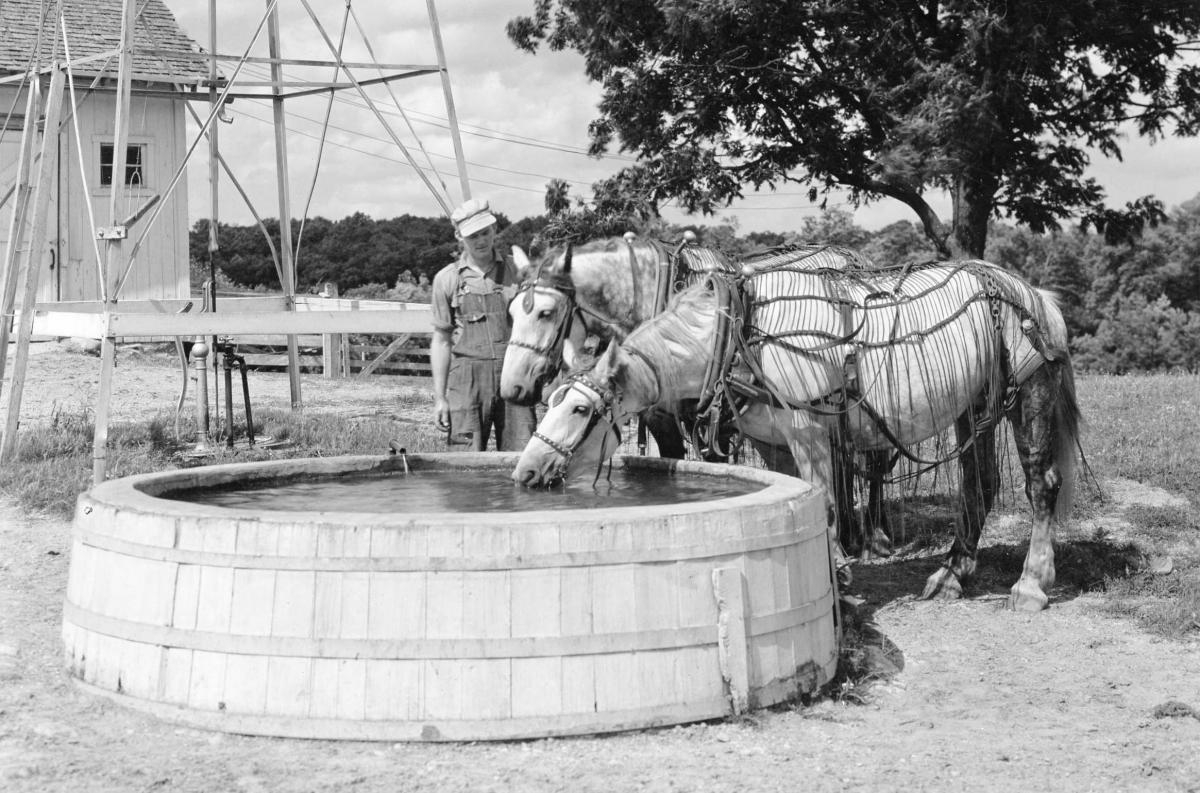
The farm was a wonderful place to be. I was very fond of green peas and would go into the garden when I thought no one was looking, gather them in my skirt and hide in the sweet corn to eat them.
The farm horses drank from the stock tank outside before entering the barn. One day my mother and I saw from the kitchen window, my brother, age six, climb onto one of the horses at the tank and it ran into the barn with him holding onto the mane. He ducked his head and made it into the stall.
Another time he told the hired man not to put the horses in the stalls until I was helped out of the manger. I had fallen down the hay chute – our mother heard about that one after it was all over.
One February day before I was old enough to go to school, my brother invited the country school children to our house to celebrate my birthday. He surprised our mother too. The weather was not good and only about six came.
We had wonderful neighbors. Jim and Lizzie Ward put up with us and laughed at our guffs. Brother Harold thought he was pulling onions when he pulled out a bunch of her tulip bulbs. He laid them by her door to find when she came home.
They had a lawn swing, the old fashioned kind with two seats facing and room for four to six. They reseeded their lawn with lots of clover in it and we spent hours looking for more than three leaves on the stems.
Across the road from Wards lived Mrs. Odell. She had a rooster that chased children and we were afraid to enter her yard. One day she invited our family to dinner and we ate him, but Harold and I didn't know it until later.
Mrs. Moss lived down the road on the other side and she had a player piano. She let us play it all we wanted. She was a dear, patient lady and we were impressed with her collection of bird picture cards from soda boxes. She had put them on her kitchen wall.
The next place down the road was the home of the Madison family. They had a boy Harold's age. One day the neighborhood boys got together for a ball game in the field a half mile from our farm, and our dog, Jack, decided to get into the game. He grabbed the ball and made (his own idea) a home run. That ended the game.
The school house was beyond Madison's and up on the hill.
By the time I started school, my mother had taught me to embroider nursery rhyme quilt blocks so that was my "busy work" in school. When the County Superintendent came to visit school, she was so impressed that she had it added to the list of schoolwork that could be entered at the County Fair.
Our teacher was in her first year of teaching and I was afraid of the lady, but she talked to me all the while the children were outside playing and Miss Belk relaxed.
The youngest children sat nearest the big, round, black furnace in the front corner of the room.
Friday afternoons we enjoyed a program – songs were sung and poems were recited.
School always began with the Pledge of Allegiance to the Flag. We walked to school when weather permitted. Sometimes Mrs. Mitchell baked potatoes for our hot lunch. The children brought them and they were taken to her. (To be continued.)
May, Beautiful May!
By Priscilla Crowley
Besides December, May is probably one of the busiest months of the year. The May calendar is just crammed full of activities. Graduations, the end of the school year, Little League, summer programs, weddings, confirmations, First Communions, Memorial Day, Chocolate Fest, you name it and there is a good chance that it will happen in May.
May is an ending and a beginning. On the school calendar, it means summer vacation is almost here; it’s so close you can just feel the excitement simmering in all the buildings; another school year is coming to a close; one door closes and another door is about to open. May means graduations, the end of grade school, eighth grade, high school, college – the future is just around the corner waiting for us all. For some it means a venture into the adult world of working 9 to 5 – “just to make a living.” For others it will mean the opening of a whole new world of possibilities – the sky is the limit! One way or the other, it’s a time of exploring new things and growing and stretching as a person. Even though a lot of us left school behind a long time ago, that doesn’t mean that spring couldn’t be the start of a whole new set of adventures for all of us. Life is nothing if not unpredictable; every time you think you have it figured out, it takes a left turn instead of a right turn and you are left with a whole new set of choices to make.
Right now the schools are all abuzz with end of the year activities. The train is leaving the station and is gathering speed and momentum as we speak. As the activity levels escalate, you always wonder if everything will get done – the report cards, the end of year reports, the packing up of classrooms,

the preparing of students for what is to come in the fall, the farewell activities. I don’t think anyone who doesn’t work in a school setting has any idea of the end of the year activities and things that need to be finalized and wrapped up for the summer. All this activity and the endless lists of things to do at the end of the year and in 3 short months this whole circus we call the “school year” starts all over again. There is nothing like it – when I was working in a regular school, I loved the start and finish of each year. Everything in between was great fun – both challenging and rewarding, but there was nothing like August and May for excitement. Even though there are days when you despair of having everything get finished up by the last day, in forty years I have to tell you, everything gets buttoned up, reported on, cleaned and tidied and the students all leave knowing that school will still be there in the fall for them, whether it is their present school or a new building to go to.
In a school setting, May also means another type of ending and beginning for some staff members. Retirements abound in May. Some years there aren’t as many as others, it all depends on the age of your staff. Everything recycles itself. Schools are like neighborhoods – they go through a period of evolvement every once in a while. When I moved into my neighborhood, it was mostly older adults with children who were grown and grandchildren who visited. I have been there long enough now that the neighborhood now consists of many young families with their own children. As the neighborhood goes so goes the school district. When I started it was a pretty even mix; now we have more younger teachers than older ones. We do have a number of people who have reached retirement age but we have many more teachers who are starting their families or who have just recently graduated from college. It’s a never ending kaleidoscope – constantly changing and evolving.
I marvel at what these retiring teachers have seen and done in their years of working with children. They have probably seen the best and the worst of what life has to offer. How many lives were changed because of what a teacher has said or done? Don’t you wonder how little Johnny or little Susie would have done in life if a particular teacher had not chosen to be a teacher? Teachers are not the only ones who influence people’s lives. We all have that ability, as parents, grandparents, neighbors, friends, acquaintances, or just a stranger who offers a helping hand. Maybe you donated food or money or maybe you just offered a few kind words – it doesn’t always have to be something earth-shaking. You just have to take the time to show you care. An encouraging word is sometimes all a person needs.
While some people may look at retirement as an ending, it is also an opportunity for a new beginning. Just think what can be accomplished if you put your mind to the task. I have reached that stage of my life where I am thinking more and more about all the things I would like to try and places I would like to go and things I want to do, books that need reading or maybe even writing. The possibilities are endless and I think I just may be up to the task.
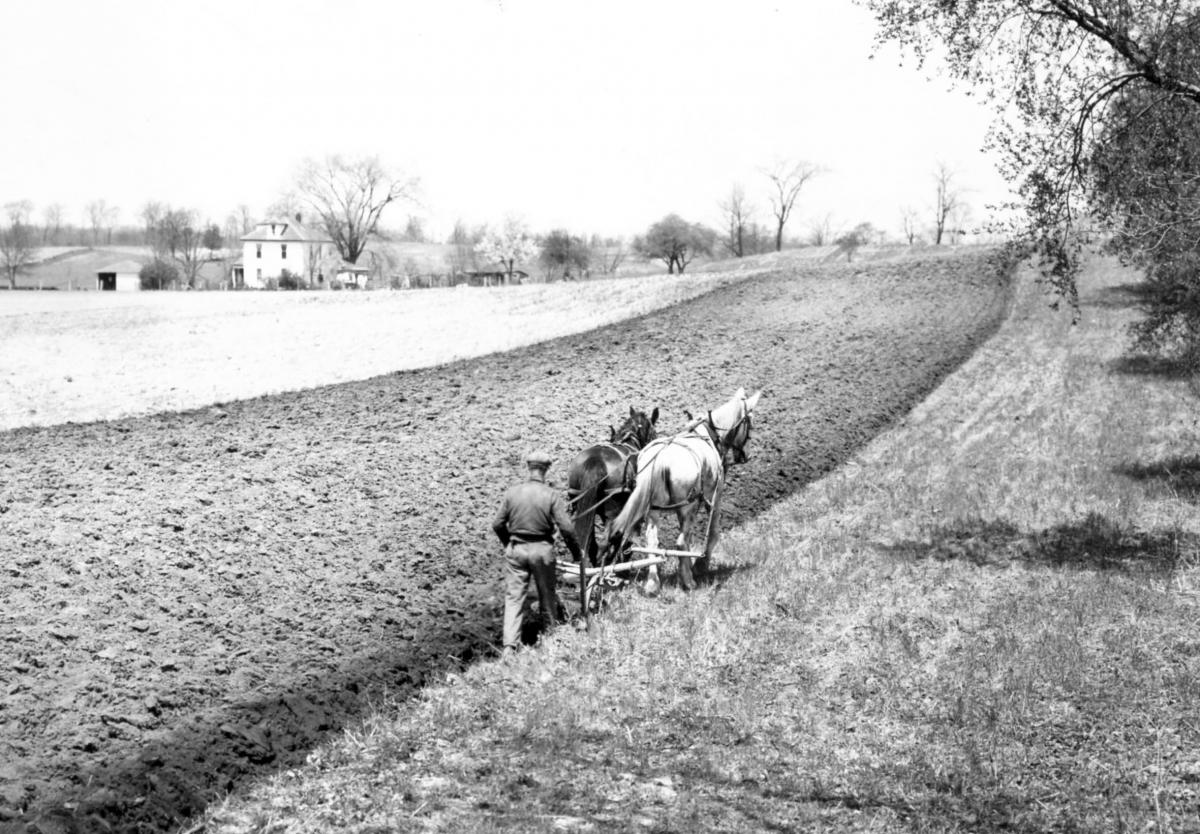
I have decided that life is like a drive in the country – no matter what road you take, there is something worthwhile around the next corner, whether it is beautiful scenery, an interesting looking farm, the pleasure of looking at a field that has been recently plowed, the sight of crops growing healthy and tall in the fields, the sight of children playing on the lawn, wild flowers in full bloom, the sun shining, birds singing and any one of a number of interesting sights, sounds, and even smells. Retirement is like a drive along a country road that can bring you all sort of surprises, some pleasant, some maybe not so pleasant but always an adventure worth having. When you have reached the point of retiring, remember to take your memories, your sense of adventure and zest for living with you. Don’t ever sell yourself short; we are all capable of so much more than we think. Reach for the stars – no matter your age. They are never completely out of reach.
HOME
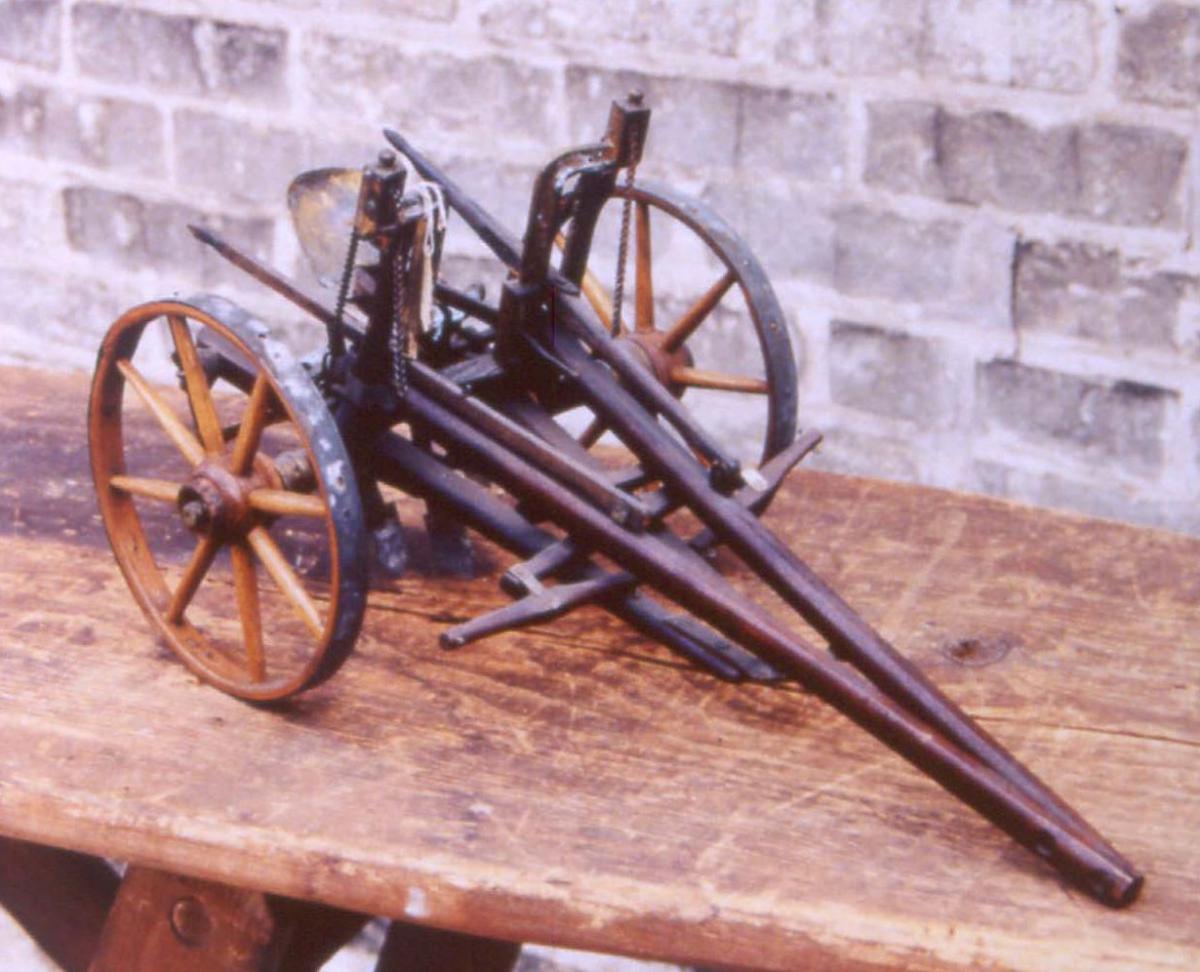
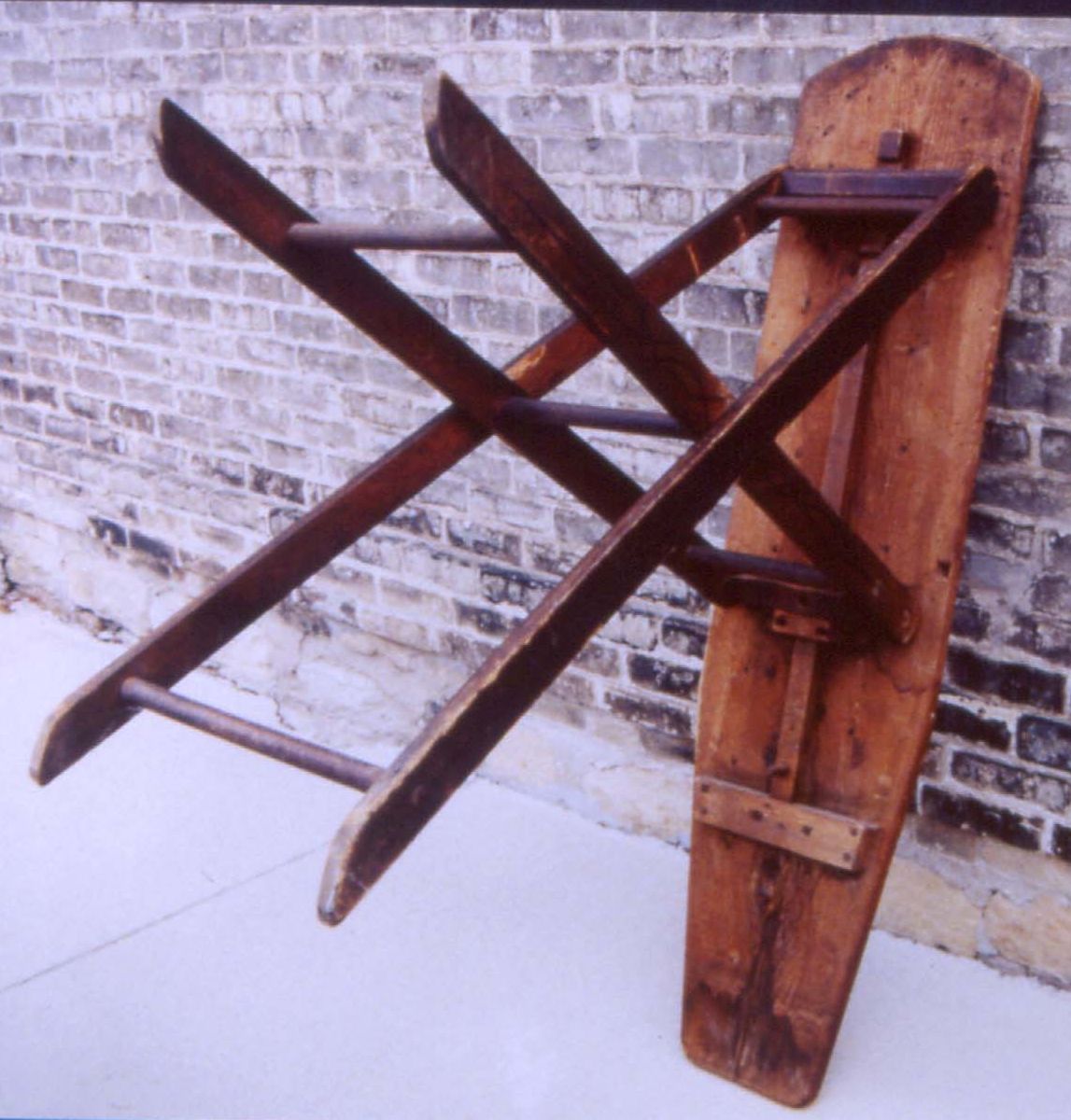 – A wooden folding ironing board (left) invented and manufactured by Anton Zwiebel, Sr.
– A wooden folding ironing board (left) invented and manufactured by Anton Zwiebel, Sr.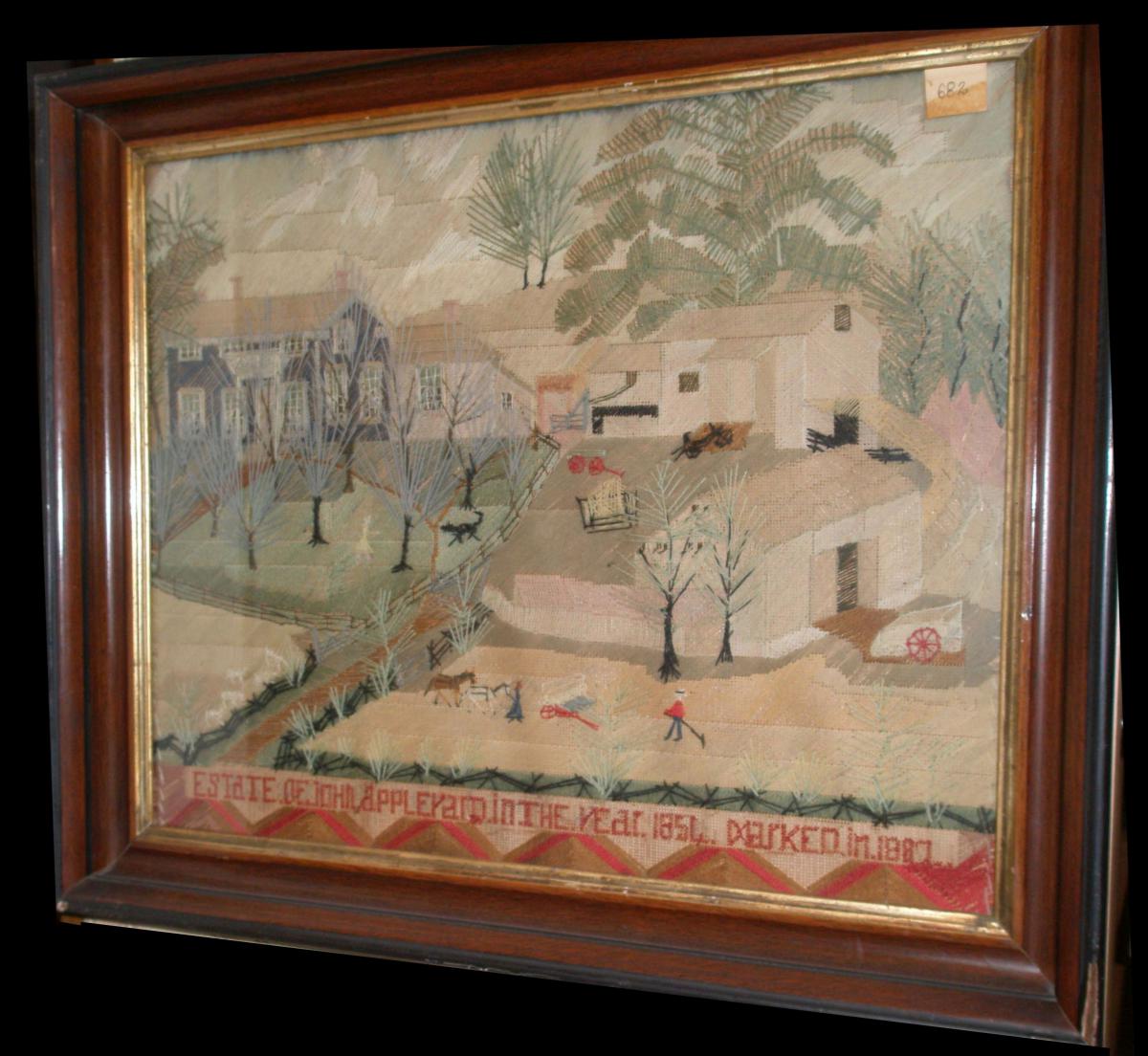
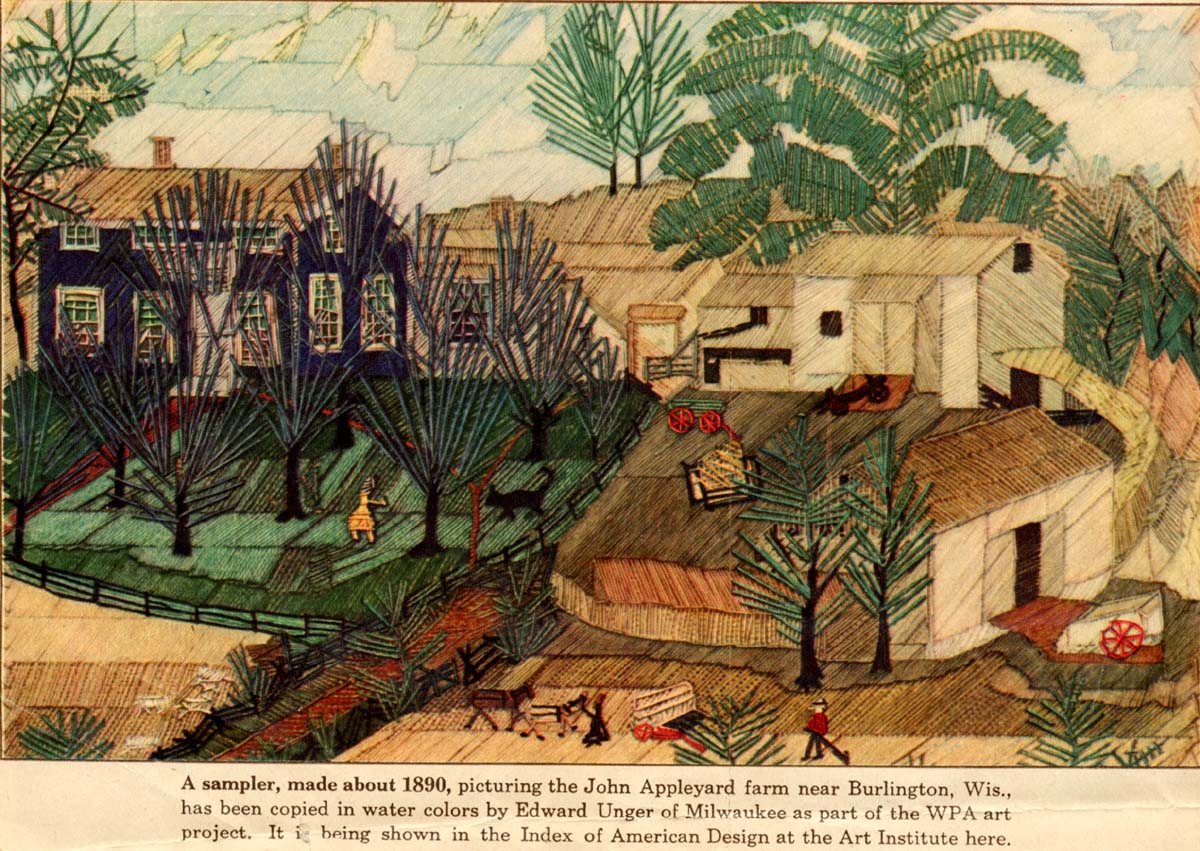
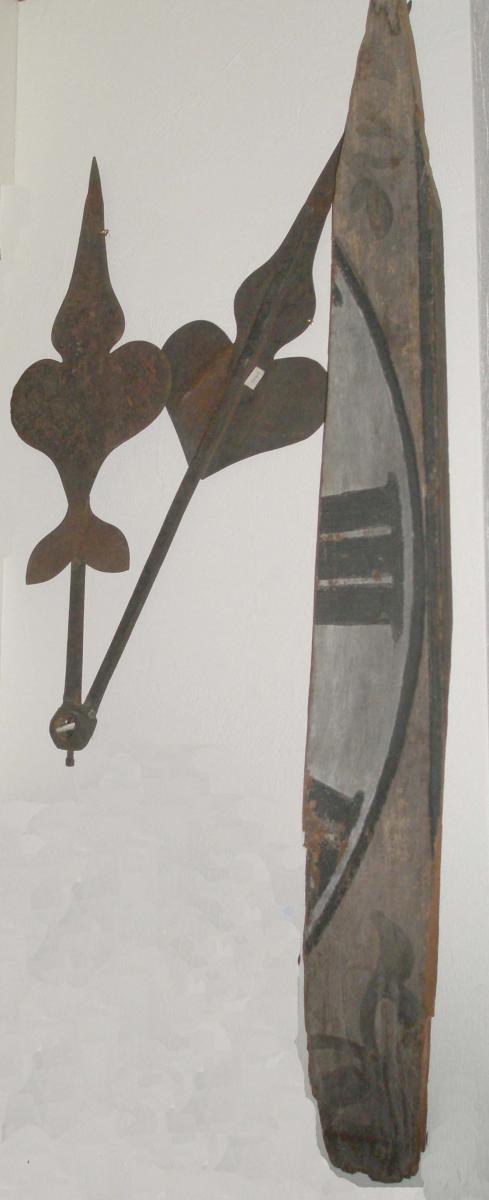

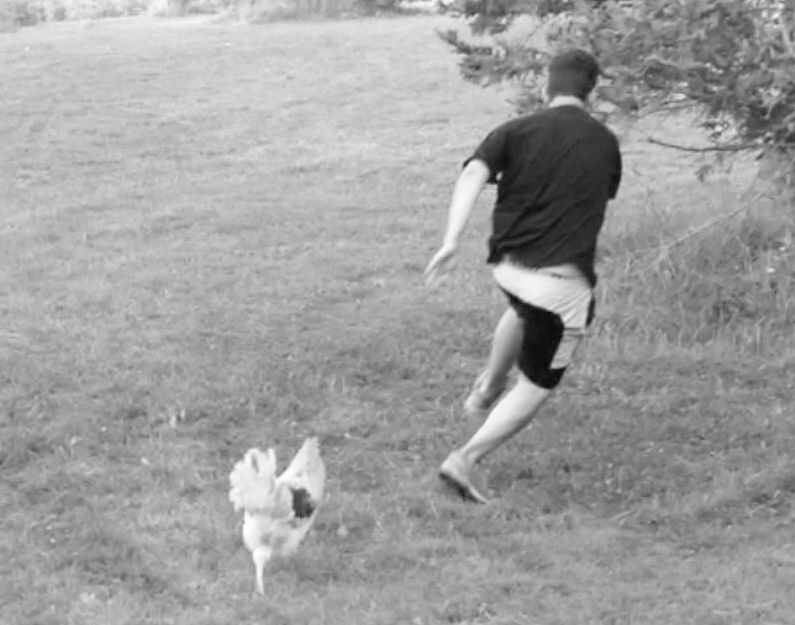
 the preparing of students for what is to come in the fall, the farewell activities. I don’t think anyone who doesn’t work in a school setting has any idea of the end of the year activities and things that need to be finalized and wrapped up for the summer. All this activity and the endless lists of things to do at the end of the year and in 3 short months this whole circus we call the “school year” starts all over again. There is nothing like it – when I was working in a regular school, I loved the start and finish of each year. Everything in between was great fun – both challenging and rewarding, but there was nothing like August and May for excitement. Even though there are days when you despair of having everything get finished up by the last day, in forty years I have to tell you, everything gets buttoned up, reported on, cleaned and tidied and the students all leave knowing that school will still be there in the fall for them, whether it is their present school or a new building to go to.
the preparing of students for what is to come in the fall, the farewell activities. I don’t think anyone who doesn’t work in a school setting has any idea of the end of the year activities and things that need to be finalized and wrapped up for the summer. All this activity and the endless lists of things to do at the end of the year and in 3 short months this whole circus we call the “school year” starts all over again. There is nothing like it – when I was working in a regular school, I loved the start and finish of each year. Everything in between was great fun – both challenging and rewarding, but there was nothing like August and May for excitement. Even though there are days when you despair of having everything get finished up by the last day, in forty years I have to tell you, everything gets buttoned up, reported on, cleaned and tidied and the students all leave knowing that school will still be there in the fall for them, whether it is their present school or a new building to go to. 
